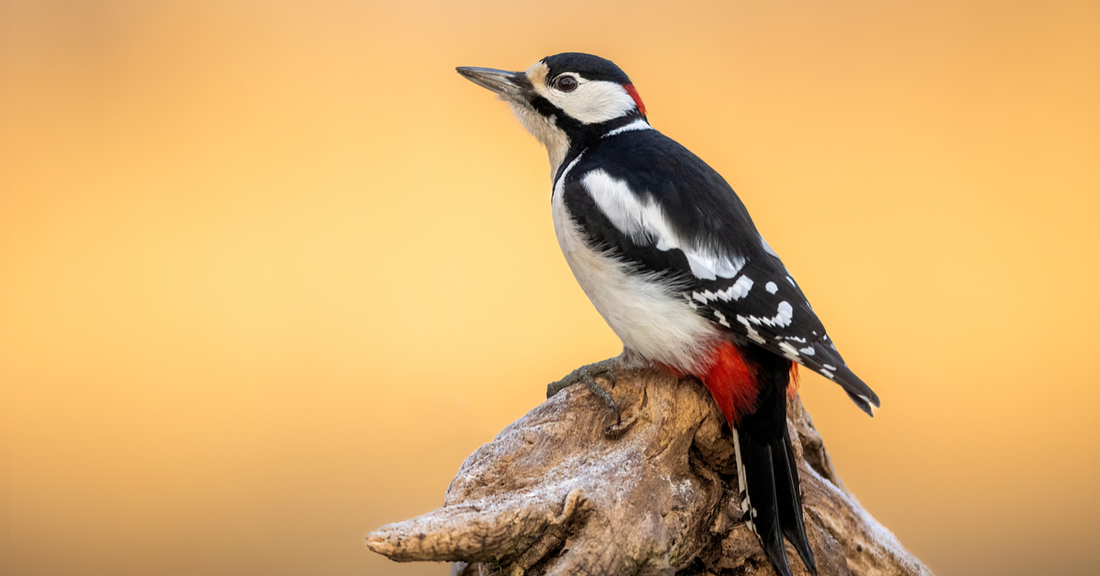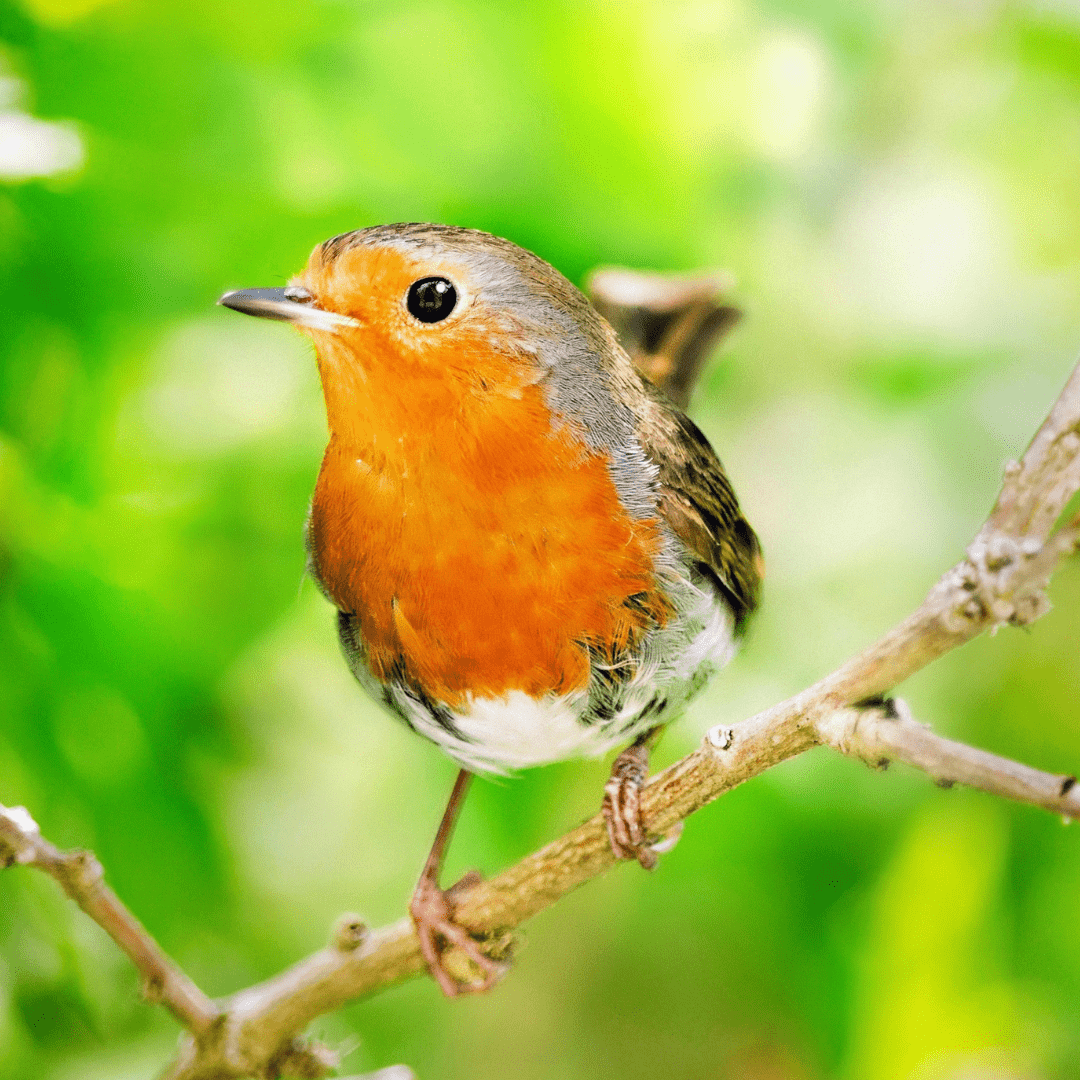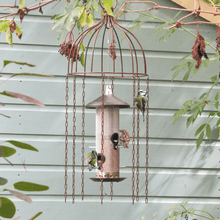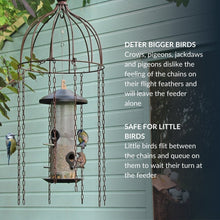A Garden Birdwatcher’s Guide to the Great Spotted Woodpecker

With their sleek black and white plumage and eye-catching scarlet cap, woodpeckers definitely catch the eye when we’re lucky enough to see them. The great spotted may be our most abundant woodpecker species in the UK but at 23cm in length it’s not our largest - that crown goes to the green woodpecker who measures 30cm long.
Great spotted woodpeckers are absolutely the rockstars of the woodland. If you’re ever out walking and hear a series of sharp, rhythmic taps, that’s the great spotted woodpecker claiming its territory. As mating season approaches, the male woodpecker will woo his mate by drumming on tree trunks with his sturdy beak, creating a sound that echoes through the woods. To avoid getting a headache, their skulls are designed with shock-absorbing properties, so they can tap away even on metal telegraph poles. If his drumming skills aren’t enough to impress, the male woodpecker may engage in a ritual known as “wing-waving,” where he extends and waves his wings in a show of strength and vitality. This behaviour helps to demonstrate his fitness and potential as a mate. The female will respond by sitting close to her suitor, bobbing her head and maybe even demonstrating her own drumming skills on a nearby branch. If all goes well, and the female accepts the male’s courtship efforts, they may proceed to mate and begin the process of building a nest together.
The pair work collaboratively to excavate a nesting hole in a tree trunk, usually in deciduous or coniferous woodland. They’ll create a cosy nest chamber, where the female will lay her white eggs, raising one brood of 4-7 chicks between April and June. It is thought that earlier nesting may fledge more young.
The adult birds are omnivores - from insects and grubs to seeds, nuts, and even berries, great spotted woodpeckers have long, flexible and sticky tongues which extend around the skull and are used to remove insects from the smallest of crevices. Great spotted woodpeckers will also eat the young of other birds and often steal baby blue tits from their nests (which is why an entrance protector is a must on your nestbox). They have adapted to use our bird feeders and love to eat suet, sunflower hearts, safflower, hempseed, peanuts and Flutter Butter.
Old names for the great spotted woodpecker include the witwale, eeckle, hickwall and woodhacker, and they are known collectively as a descent.
Across different regions, the great spotted woodpecker has woven itself into the tapestry of stories and traditions, adding a touch of enchantment to its already captivating presence in the natural world. In some European folklore, the great spotted woodpecker is considered a guardian of the forest. Its drumming on trees is believed to awaken and protect the spirits of the woodland. It is seen as a symbol of good luck and a sign that the forest is healthy and thriving. They are also thought to predict the weather - the frequency and intensity of the drumming was once thought to predict the arrival of rain or storms. Due to its persistent drumming and ability to excavate tree trunks, the great spotted woodpecker is often seen as a symbol of determination and perseverance.
Ready to deepen your connection with the birds in your garden? Discover more about your feathered friends and how to attract them to your space with Amidst the Birdsong: A Garden Birdwatcher's Journal. This beautifully crafted journal is the perfect companion for anyone looking to observe and learn about the birds visiting their garden. Start your birdwatching journey today – click here to learn more.


















